How to Teach Kids to Tell Time
Part 1 of 4:
Getting the Basics down
-
 Practice counting to 60. Kids need to be able to count to 60 (in the correct order) in order to tell time. Have your child write down the numbers 1 through 60 on a piece of paper. As they write each number, have them recite the number as well. Post this piece of paper on a wall and have them recite the numbers regularly.[1]
Practice counting to 60. Kids need to be able to count to 60 (in the correct order) in order to tell time. Have your child write down the numbers 1 through 60 on a piece of paper. As they write each number, have them recite the number as well. Post this piece of paper on a wall and have them recite the numbers regularly.[1]- While you are out in public, like at the grocery store, point out double-digit numbers and have your child repeat the number to you.
- Use counting songs to help your child practice counting. For instance, you could sing, '100 Bottles of Milk' together. Look for other counting songs online.
- To encourage your child to learn, make sure to reward them with playtime or their favorite snack for doing a good job.
-
 Practice counting by fives. Understanding groups of five will also make learning to tell time much easier. Have your child write down increments of five on a sheet of paper up to 60. As they write the numbers, have them recite them as well. Make sure to point out that each number either ends in a 5 or a 0.[2]
Practice counting by fives. Understanding groups of five will also make learning to tell time much easier. Have your child write down increments of five on a sheet of paper up to 60. As they write the numbers, have them recite them as well. Make sure to point out that each number either ends in a 5 or a 0.[2]- Make a special 'Count by 5s' song to a catchy tune your kid can sing along to. You can even add dance moves to the song; for example, at every quarter, you put your hands in the air or stomp your feet. Sing this song regularly with your kid to help them become comfortable with counting by 5s.
- You can also find song about counting by fives online, such as on YouTube.
-
 Teach them the general concept of time. General concepts of time are the morning, noon, the evening, and nighttime. Familiarize your kid with these concepts by associating each concept with certain activities. Then quiz your kid by asking them when certain things happen.[3]
Teach them the general concept of time. General concepts of time are the morning, noon, the evening, and nighttime. Familiarize your kid with these concepts by associating each concept with certain activities. Then quiz your kid by asking them when certain things happen.[3]- For example, 'In the morning we eat breakfast and brush our teeth. At noon, we eat lunch and take a nap. At night, we read a book and go to sleep.'
- You can ask your kid, 'What happens in the morning?' and 'What happens at night?'
- You can post a daily schedule chart so your child has a visual that shows the different things they do during the day. Refer to the chart when explaining the times of various daily events.
Part 2 of 4:
Making a Clock with Your Kid
-
 Grab 2 paper plates and an analog clock. The paper plates will be used to make the clocks. The analog clock will be used as a reference for making the clocks. Place them on a table and sit with your kid at the table. Let your kid know in an excited voice that, together, you all will be making your very own clocks.[4]
Grab 2 paper plates and an analog clock. The paper plates will be used to make the clocks. The analog clock will be used as a reference for making the clocks. Place them on a table and sit with your kid at the table. Let your kid know in an excited voice that, together, you all will be making your very own clocks.[4]- For example, 'Guess what we are doing today? We are going to make our own clocks!'
-
 Fold the paper plates into halves. Have your child hold their paper plate and fold it in half. Then rotate the plate and fold it in half again. The paper plates should have a cross-like crease in the middle. You will use this crease as a reference point.[5]
Fold the paper plates into halves. Have your child hold their paper plate and fold it in half. Then rotate the plate and fold it in half again. The paper plates should have a cross-like crease in the middle. You will use this crease as a reference point.[5] -
 Place stickers and numbers on the clock. Have your child place a sticker on the top of the clock face where the number 12 should be. Then referencing the analog clock, ask them to write the number 12 under the sticker with a marker. Repeat this for the numbers 3, 6, and 9.[6]
Place stickers and numbers on the clock. Have your child place a sticker on the top of the clock face where the number 12 should be. Then referencing the analog clock, ask them to write the number 12 under the sticker with a marker. Repeat this for the numbers 3, 6, and 9.[6] -
 Fill in the clock. Once your kid has placed stickers and numbers on the 12, 3, 6, and 9, ask them to fill in the rest of the clock. Show your kid the analog clock as a reference.[7]
Fill in the clock. Once your kid has placed stickers and numbers on the 12, 3, 6, and 9, ask them to fill in the rest of the clock. Show your kid the analog clock as a reference.[7]- For example, tell them to place a sticker where the number 1 should be. Then have them right the number 1 next to the sticker. Repeat this for each number.
-
 Create pie slices on the clock. Have your child draw a line from the center of the clock to each number. Tell your child to color in each pie slice with a different color crayon.[8]
Create pie slices on the clock. Have your child draw a line from the center of the clock to each number. Tell your child to color in each pie slice with a different color crayon.[8]- Try starting with red at one o'clock, working upward through the rainbow for each number. This will help make the number progression more intuitive for your child than simply using random colors.
-
 Make the clock hands. Draw 2 clock hands on a poster board—a long one for the minute hand and a short one for the hour hand. Have your child cut out the clock hands with scissors.[9]
Make the clock hands. Draw 2 clock hands on a poster board—a long one for the minute hand and a short one for the hour hand. Have your child cut out the clock hands with scissors.[9]- If your child is not old enough to use scissors safely, then cut the minute and hour hands out for them.
-
 Attach the hands. Place the hour hand on top of the minute hand. Pierce a paper fastener through the ends of the clock hands. Then pierce the paper fastener through the middle of the clock. Turn the clock over and bend the fastener ends to secure the clock hands.[10]
Attach the hands. Place the hour hand on top of the minute hand. Pierce a paper fastener through the ends of the clock hands. Then pierce the paper fastener through the middle of the clock. Turn the clock over and bend the fastener ends to secure the clock hands.[10] -
 Hold the paper clock next to the analog clock. Note how similar they look to your kid. Ask your kid if anything else needs to be added to the clock. If nothing else needs to be added, then you can move on.[11]
Hold the paper clock next to the analog clock. Note how similar they look to your kid. Ask your kid if anything else needs to be added to the clock. If nothing else needs to be added, then you can move on.[11]
Part 3 of 4:
Breaking down the Hours
-
 Differentiate between the hands. Point to both hands on the clock. Ask your kid what the major difference between the hands is. If they are struggling, you can give them a hint like, 'Is one longer than the other?'[12]
Differentiate between the hands. Point to both hands on the clock. Ask your kid what the major difference between the hands is. If they are struggling, you can give them a hint like, 'Is one longer than the other?'[12] -
 Label the clock hands. Once they have identified that the hands are different lengths, then explain the difference. Tell them that the shorthand is the hour hand and the long hand is the minute hand. Have your kid label the hands by writing down 'hour' on the shorthand, and 'minute' on the long hand.[13]
Label the clock hands. Once they have identified that the hands are different lengths, then explain the difference. Tell them that the shorthand is the hour hand and the long hand is the minute hand. Have your kid label the hands by writing down 'hour' on the shorthand, and 'minute' on the long hand.[13] -
 Explain the hour hand. Point the hour hand at each number, keeping the minute hand at 12 o'clock. Tell your kid that each time the hour hand points at a number and the minute hand points at 12 o'clock, it is ___ o'clock. Go through each number saying, 'It is 1 o'clock now. Now it is 2 o'clock. It's 3 o'clock...' Then have your kid repeat what you just did.[14]
Explain the hour hand. Point the hour hand at each number, keeping the minute hand at 12 o'clock. Tell your kid that each time the hour hand points at a number and the minute hand points at 12 o'clock, it is ___ o'clock. Go through each number saying, 'It is 1 o'clock now. Now it is 2 o'clock. It's 3 o'clock...' Then have your kid repeat what you just did.[14]- Make sure to use the pie slices and colors to your advantage. Reinforce the idea that whenever the hour hand is in a given pie slice, it is ___ o'clock.
- You can even associate activities with each number to help solidify the hours; for example, 'It is 3 o'clock now, which means it is time to watch your favorite cartoons,' or, 'It is 5 o'clock now, which means it is time for soccer practice.'
-
 Quiz your child. With your kid's help, pick a day of the week and write down a list of 5 to 7 activities with their associated times. Call out an activity and its associated time. Have your kid place the hour hand on the correct number. If necessary, gently correct your child's mistakes.[15]
Quiz your child. With your kid's help, pick a day of the week and write down a list of 5 to 7 activities with their associated times. Call out an activity and its associated time. Have your kid place the hour hand on the correct number. If necessary, gently correct your child's mistakes.[15]- Say, for example, 'School has ended, which means it is 3 o'clock. Move the hands and show me 3 o'clock on your clock,' or, 'It is 8 o'clock, which means it is time for bed. Move the hands and show me 8 o'clock on your clock.'
- Make a game of setting the paper clock together to match the times of daily activities. Use a working analog clock as a reference tool.
Part 4 of 4:
Breaking down the Minutes
-
 Explain the double meaning of the numbers. Explaining that the number 1 also means 5 minutes and that the number 2 also means 10 minutes can be quite confusing. To help your kid understand this concept, pretend that the numbers are double agents with a secret identity, like Clark Kent and Superman.[16]
Explain the double meaning of the numbers. Explaining that the number 1 also means 5 minutes and that the number 2 also means 10 minutes can be quite confusing. To help your kid understand this concept, pretend that the numbers are double agents with a secret identity, like Clark Kent and Superman.[16]- For example, tell your kid that the secret identity of number 1 is 5. Then have them write down a small number 5 next to the number 1. Repeat this for each number.
- Make sure to point out that you are counting by 5s. Go over each number's secret identity by singing your special 'Count by 5s' song.
-
 Explain the minute hand's role. Tell your kid that the numbers' secret identities come out when the long hand, i.e., the minute hand, points at it. Keeping the hour hand still, point the minute hand at each number and say the associated minutes. Than have your kid repeat the process back to you.[17]
Explain the minute hand's role. Tell your kid that the numbers' secret identities come out when the long hand, i.e., the minute hand, points at it. Keeping the hour hand still, point the minute hand at each number and say the associated minutes. Than have your kid repeat the process back to you.[17]- For example, point the minute hand at 2 and say, 'It is 10 minutes now.' Then point the minute hand at 3 and say, 'It is 15 minutes now.'
-
 Demonstrate how to read the hour and minute hand together. Once your kid has the concept of the minute hand down, you will need to teach them how to read the hour and minute hands together. Start with simple times such as 1:30, 2:15, 5:45, and so on. Point the hour hand at a number, then point the minute hand at a number. Then say what time it is.[18]
Demonstrate how to read the hour and minute hand together. Once your kid has the concept of the minute hand down, you will need to teach them how to read the hour and minute hands together. Start with simple times such as 1:30, 2:15, 5:45, and so on. Point the hour hand at a number, then point the minute hand at a number. Then say what time it is.[18]- For example, point the hour hand at 3 and the minute hand at 8. Tell your kid that the time is 3:40 because the hour hand is pointing at 3 and the minute hand is pointing at 8. Reinforce the idea that because the minute hand is the secret identity hand, it reads as 40 and not 8. Repeat this activity until your kid gets the hang of it.
-
 Add tick marks for the non-5 minutes. Once your kid understands 5-minute intervals, add 4 tic marks between each interval. Start by writing 1, 2, 3, and 4 next to the tick marks between the 12 and 1. Encourage your child to fill in the rest of the minutes, counting out loud as you go. Then point the minute hand at a non-5 minute and the hour hand at an hour. Read the time.[19]
Add tick marks for the non-5 minutes. Once your kid understands 5-minute intervals, add 4 tic marks between each interval. Start by writing 1, 2, 3, and 4 next to the tick marks between the 12 and 1. Encourage your child to fill in the rest of the minutes, counting out loud as you go. Then point the minute hand at a non-5 minute and the hour hand at an hour. Read the time.[19]- For example, point the minute hand at the fourth tick mark and the hour hand at 3. Tell your kid that the time is 3:04. Repeat this process until your kid understands how to read the tick marks on the clock.
-
 Quiz your child. With your child, make a list of 5 to 7 activities with their associated times. Have your kid move the hands of the clock to reflect the activities' correct times. It is okay to help your kid in the beginning. Just make sure to repeat the activity until your kid can point the hands at the right numbers without your help.[20]
Quiz your child. With your child, make a list of 5 to 7 activities with their associated times. Have your kid move the hands of the clock to reflect the activities' correct times. It is okay to help your kid in the beginning. Just make sure to repeat the activity until your kid can point the hands at the right numbers without your help.[20]- Encourage your kid by rewarding them for doing a good job. Take them to the park or to the ice cream shop to celebrate a productive lesson.
-
 Make it challenging. Once your kid has mastered the activity on their handmade clock, move to the analog clock that does not have the numbers' secret identities. Repeat the activity with this clock to see how well your kid has mastered the concept of telling time.[21]
Make it challenging. Once your kid has mastered the activity on their handmade clock, move to the analog clock that does not have the numbers' secret identities. Repeat the activity with this clock to see how well your kid has mastered the concept of telling time.[21]
5 ★ | 1 Vote
You should read it
- How to use G Shock watch from A - Z
- How to create a universal clock on Chrome
- Is core count or clock speed more important to the CPU?
- Sense Desktop: The best clock for Windows 10 desktop
- Points to keep in mind when buying hand dryers
- How to adjust Casio electronic clock timer 3 buttons, 4 extremely easy buttons
- How to fix Clock Watchdog Timeout errors in Windows 10
- Answer: What are clock speed, frequency Hz, MHz, GHz?
May be interested
- How to use YouTube Kids exclusively for children
 youtube kids is a youtube application dedicated to children with vietnamese support.
youtube kids is a youtube application dedicated to children with vietnamese support. - TOP most useful and interesting games on PBS KIDS Games parents should know
 pbs kids is a fun educational website full of fun games, videos and quests from characters from many familiar tv series like curious george, wild kratts and other pbs kids shows.
pbs kids is a fun educational website full of fun games, videos and quests from characters from many familiar tv series like curious george, wild kratts and other pbs kids shows. - Animal coloring pages for kids, funny pet pictures
 animal coloring pages for kids are a great choice for kids to learn and play at the same time. cute pictures will help your baby learn to draw every day.
animal coloring pages for kids are a great choice for kids to learn and play at the same time. cute pictures will help your baby learn to draw every day. - Facebook Messenger Kids: How to use?
 facebook has announced a new chat app called facebook messenger kids. the app allows parents to have control over who can chat with their children. this is how to use the application.
facebook has announced a new chat app called facebook messenger kids. the app allows parents to have control over who can chat with their children. this is how to use the application. - The Best Online Programming Platforms for Kids
 programming platforms are designed for kids to help them understand how to create software and applications. here are the best programming platforms for kids.
programming platforms are designed for kids to help them understand how to create software and applications. here are the best programming platforms for kids. - How to Do Well in Your School's Play (Kids)
 ever wondered how to give a good performance in your school's play? this article will teach you how to audition, calm nerves, and give the best performance! read the script to yourself. think about how the characters act.
ever wondered how to give a good performance in your school's play? this article will teach you how to audition, calm nerves, and give the best performance! read the script to yourself. think about how the characters act. - The Best Science YouTube Channels for Kids and Teens
 the right science channels on youtube can turn screen time into serious learning time. here are the best and most informative science youtube channels for kids.
the right science channels on youtube can turn screen time into serious learning time. here are the best and most informative science youtube channels for kids. - Samsung Galaxy Watch can now be customized for kids who don't yet have smartphones
 the answer lies in the galaxy watch for kids setting, which allows parents to share the smartwatch experience with their children without worry.
the answer lies in the galaxy watch for kids setting, which allows parents to share the smartwatch experience with their children without worry. - Google Play has a new Kids tab that contains apps suitable for children
 this is a place to list, store countless apps for kids, and of course, all have been carefully censored to suit the youngest.
this is a place to list, store countless apps for kids, and of course, all have been carefully censored to suit the youngest. - Good quizzes about New Year's Day for kids, with answers
 in order to keep the tet atmosphere in the family, many people often give new year tet riddles to young children.
in order to keep the tet atmosphere in the family, many people often give new year tet riddles to young children.
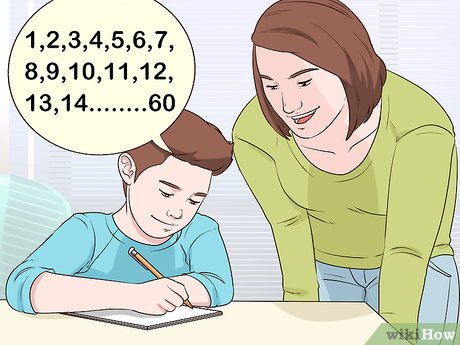
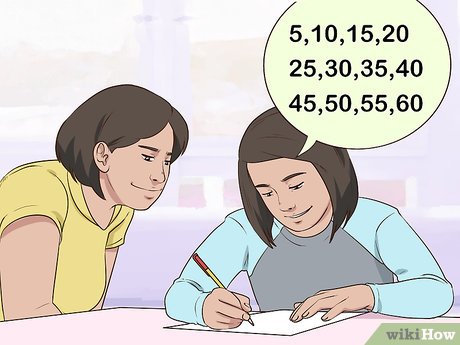

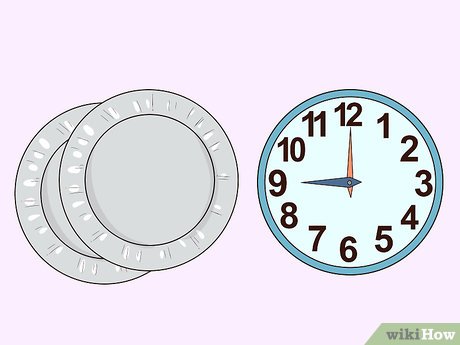
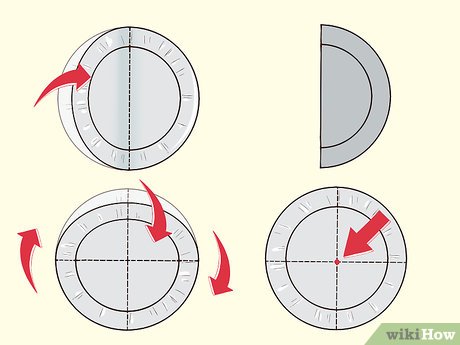
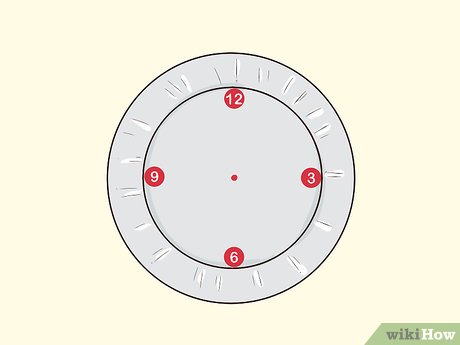
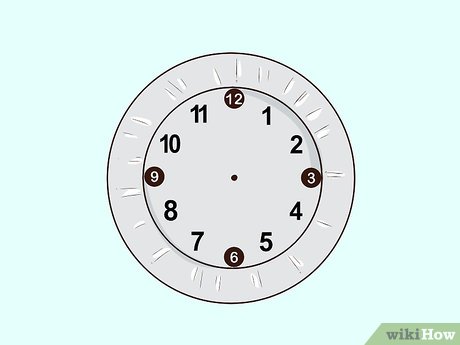
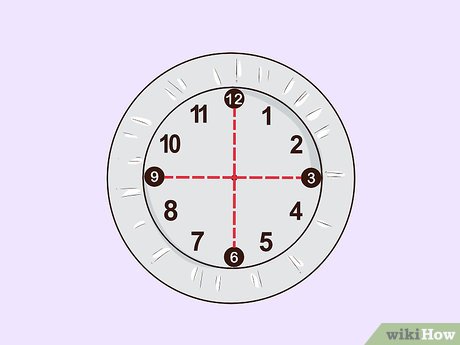
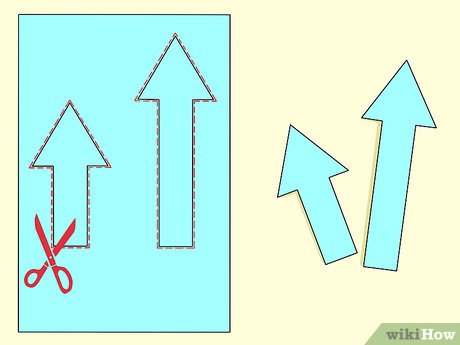
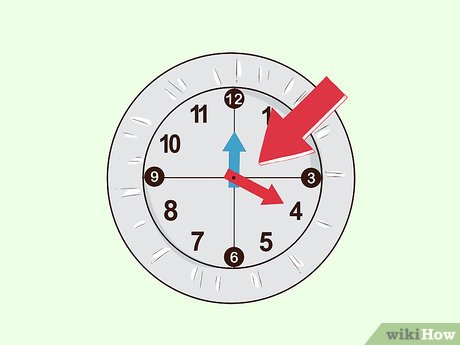
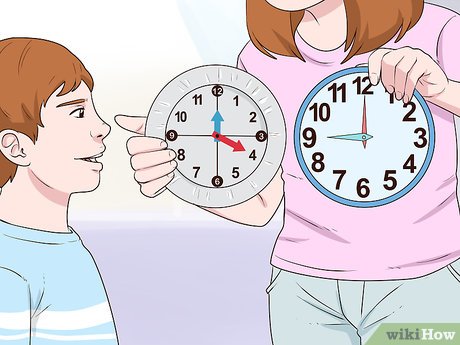
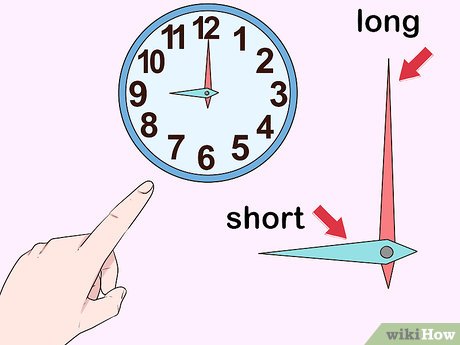
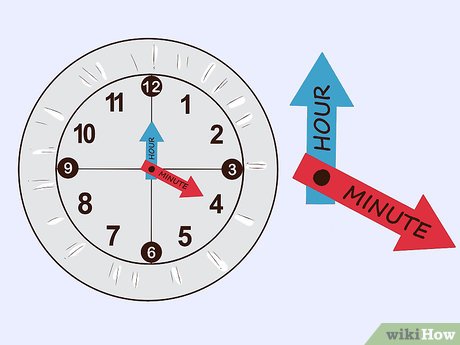
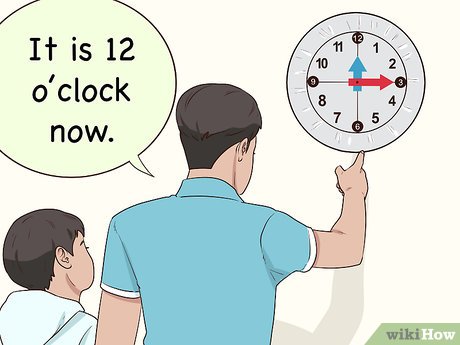
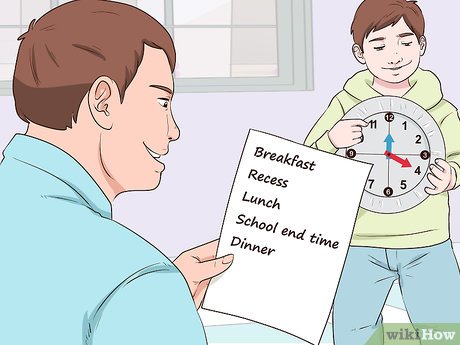
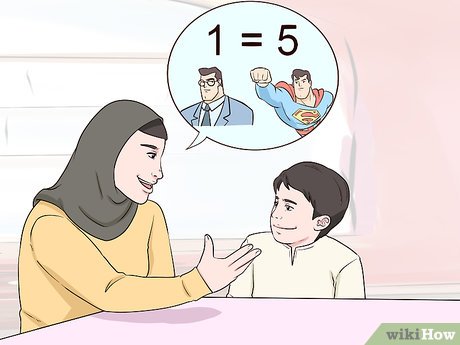
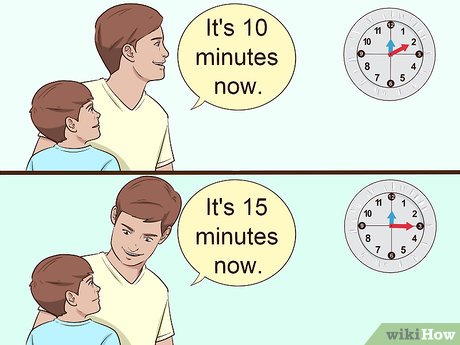
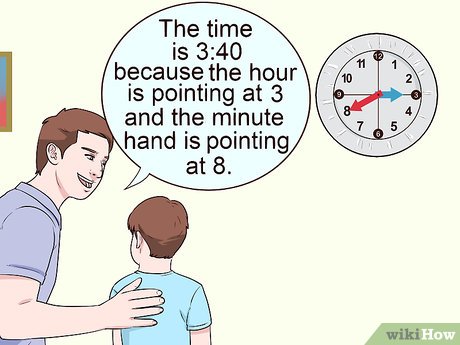

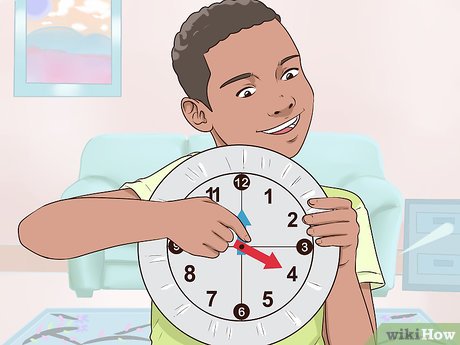
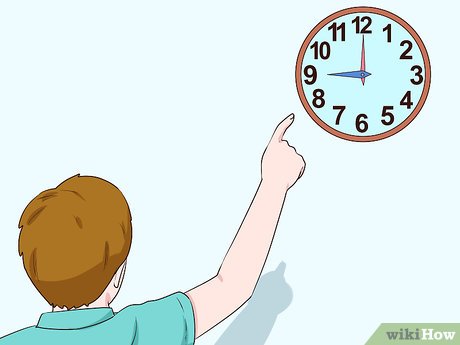










 How to Make the World a Better Place
How to Make the World a Better Place How to Write a Test Plan
How to Write a Test Plan How to Speak in Kannada
How to Speak in Kannada How to Be a Great Student at School
How to Be a Great Student at School How to Give a Presentation
How to Give a Presentation How to Stop Stammering
How to Stop Stammering